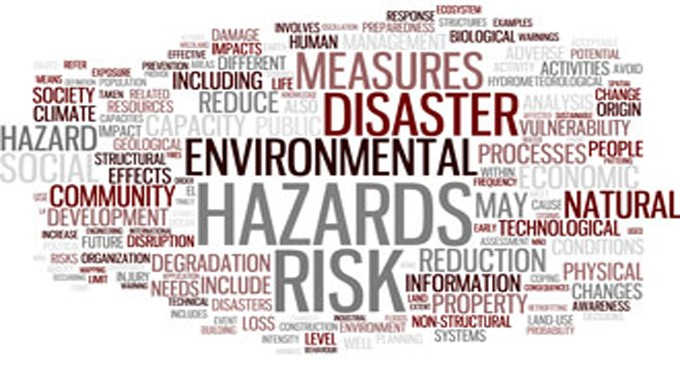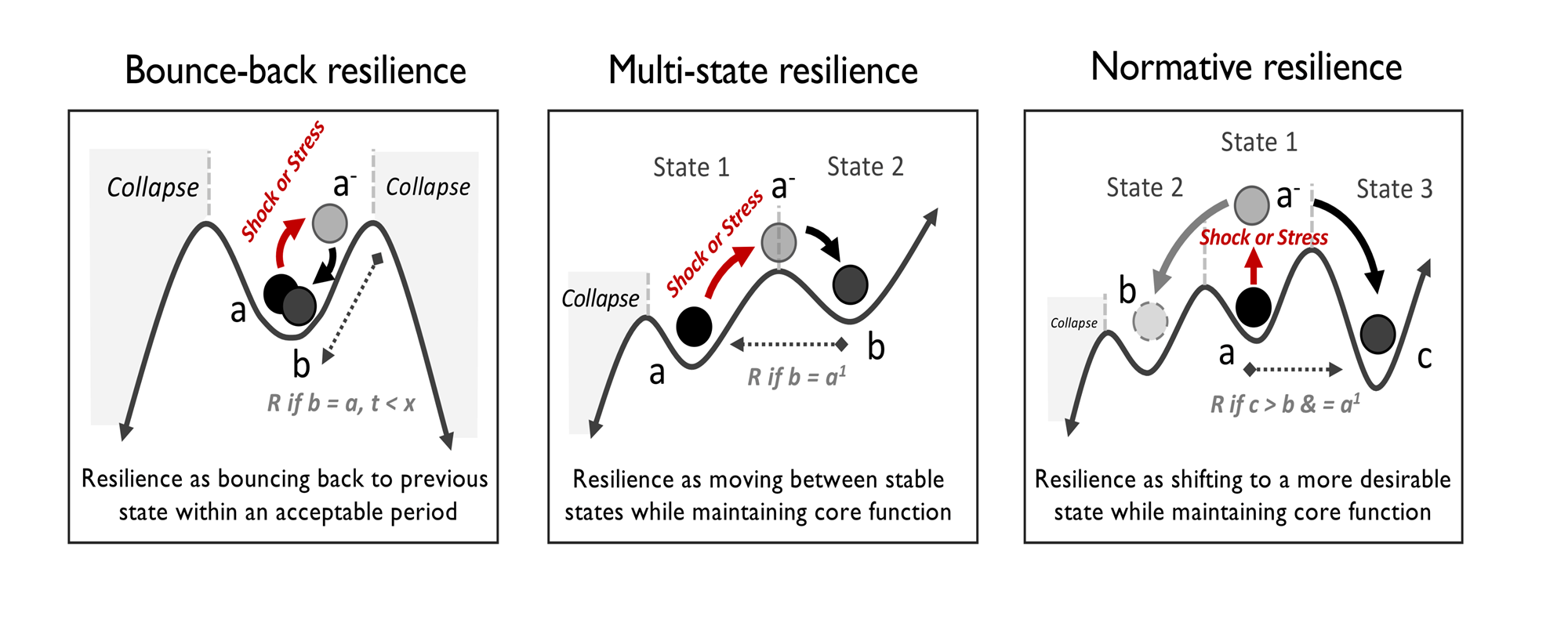IS Thought Leadership: Scott Hook | Resilience
IS Thought Leadership: Resilience
By Scott Hook
The concept of resilience offers an opportunity to break down the silos between climate change adaptation, disaster risk reduction and green growth to enable action on risk at all phases of planning, procurement, maintenance and evaluation, given their multiple linkages with all aspects of infrastructure.

How Resilience is Important for InfrastructureInfrastructure investments involve large and irreversible investments with long asset lives, which makes consideration of resilience particularly relevant. Given that many infrastructure investments have an economic life expectancy of 30 years or more, it is important to note that infrastructure is sensitive to both climatic conditions prevailing during its construction and to the climate variations over decades of use, and these aspects need to be planned for in the design phase and incorporated into the maintenance and operation. The greening of infrastructure is also an increasing requirement by clients in communities, governments and the private sector.
Resilience – one name many different actions
Resilience has its roots in the latin, “resiliere,” meaning to bounce back after a shock and was probably first used to describe the capacity of material to absorb energy without suffering permanent deformation. It was further popularized in many different fields such as ecology, economics, child psychology and engineering. Some of the relevant definitions include:
- The Resilience Alliance, an international network of researchers and practitioners focused on understanding the complex dynamics of change in socio-ecological systems (which includes integrated systems of people and the natural environment), defines resilience as “the capacity of an ecosystem to tolerate disturbance without collapsing into a qualitatively different state that is controlled by a different set of processes”. In addition, systems can cross-critical thresholds and move into new states (better or worse), which is referred to as “transformability”.
- In systems sciences and economics, resilience is “the ability of a system to withstand a major disruption within acceptable degradation parameters and to recover within an acceptable time and composite costs and risks”. Other characteristics of resilience include robustness, redundancy, resourcefulness and rapidity.
- In regards to disaster risk reduction and climate change adaptation, resilience primarily refers to the ability of a human system to respond and recover from shocks or stress. It includes those inherent conditions that allow the system to absorb impacts and cope with the event, as well as post event adaptive processes that facilitate the ability of the system to reorganize, change and learn in response to the event. See Figure 2.

Figure 2
The value of resilience is that it can be useful as a unifying concept for adaptation, sustainable development and disaster risk reduction. By putting resilience at the core of planning, as opposed to one of adaptation, sustainable development or disaster risk reduction, various actors can pursue solutions that contribute to all three global agendas. Sectoral approaches to planning, centred on resilience, provide an opportunity to foster better policy integration. Hence, the extensive literature that has arisen in the last several years on building and maintaining resilient infrastructure.
Building Resilience
Much of the discussion on resilience for infrastructure has been about reducing the risk of long-term detrimental impacts induced by specific adverse events. Some of the discrete aspects refer to:
- Absorptive capacity: the ability to maintain its original structure and functioning by absorbing infrequent and low magnitude risks, either by anticipating or responding to a shock;
- Adaptive capacity: the ability to make small adjustments to its existing risk management strategies, improving its original structure or functioning in anticipation of future risk; and,
- Transformative capacities are a system’s ability to fundamentally change in its structure or functioning and adopt new strategies to move beyond vulnerability thresholds.
In essence this conceptualisation of resilience means that building resilience requires interventions that strengthen the three components to maintain the status quo (absorptive), incorporate incremental change (adaptive) and finally the capacity to undertake structural change (transformative resilience) together. It also means that in their response to events, systems don’t simply try to reduce the detrimental impact of these shocks; they also try to (a) minimize the costs it takes to respond and (b) to recover from these events although this may not to be to the same spot prior to the shock. Resilience outcomes therefore result from trade-offs and combinations between three different dynamics depending on the (i) intensity of shock, (ii) costs of impact, and (iii) costs of response. The main factors that can affect infrastructure resilience are:
- Perceptions of risks and changes;
- Access to knowledge and information;
- Beliefs, culture, social rules and norms;
- Collective actions, coordination, social cohesion, power relations, and
- Governance.
There is common agreement that as the resilience of a system declines, the magnitude of a shock from which it cannot recover gets smaller and smaller. In general, resilience shifts attention from purely growth and efficiency to time and resources needed for recovery and flexibility. Growth and efficiency alone can often lead systems, businesses and infrastructure into fragile rigidities, exposing them to turbulent transformations. So to conclude, definitions of “resilience” include several key-elements:
a) Resilience concerns infrastructure at all stages of its design, finance, construction, operation, and maintenance.
b) Resilience concerns the ability to manage exposure to hazards, shocks or stresses through maintaining or transforming standards aiming at long-term prospects
c) Resilience requires a balance between rigidity to spring back and flexibility to enable ongoing progress and development of these systems.
Resilience is, therefore, a dynamic process and is characterised by multiple adaptive cycles interacting across a range of scales and dimensions. Fostering resilience by itself, however, is difficult as is measuring resilience.
If you would like submit a thought leadership piece, our topic in April is ‘Sustainable Precurement’. For more information on submission guidelines, click here.

